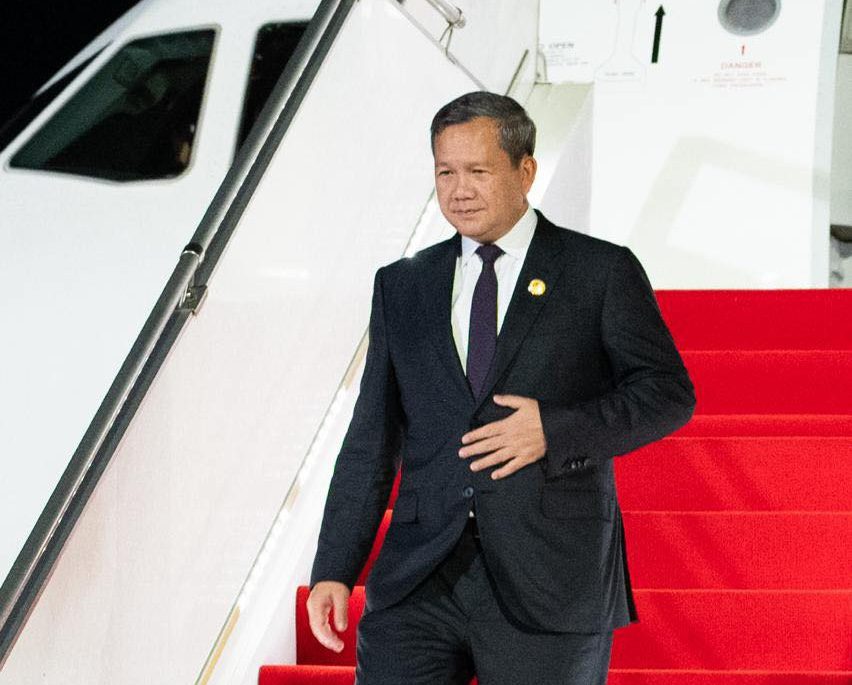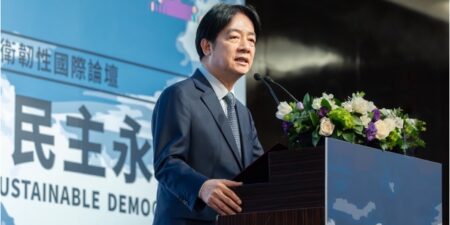
Cambodia Launches New Techo International Airport

Insights & News


Japan Enters New Era of Policy Execution as PM Sanae Takaichi and Her Cabinet Take Office
The BGA Japan team, led by Managing Director Kiyoaki Aburaki, wrote an update to clients …

Australia-US Alliance Energized by Critical Minerals and Rare Earths Agreement
The BGA Australia team, led by Managing Director Michael “Mick” McNeill, wrote an update to …

Taiwan Boosts 2026 Technology Budget To Capture AI Opportunities
The BGA Taiwan team, led by Senior Adviser Rupert Hammond-Chambers, wrote an update on Taiwan’s …
At BowerGroupAsia, we are committed to
delivering result-oriented solutions for our clients
We have proven track record of helping the world’s top companies seize opportunities and manage challenges across the dynamic Indo-Pacific region.




















